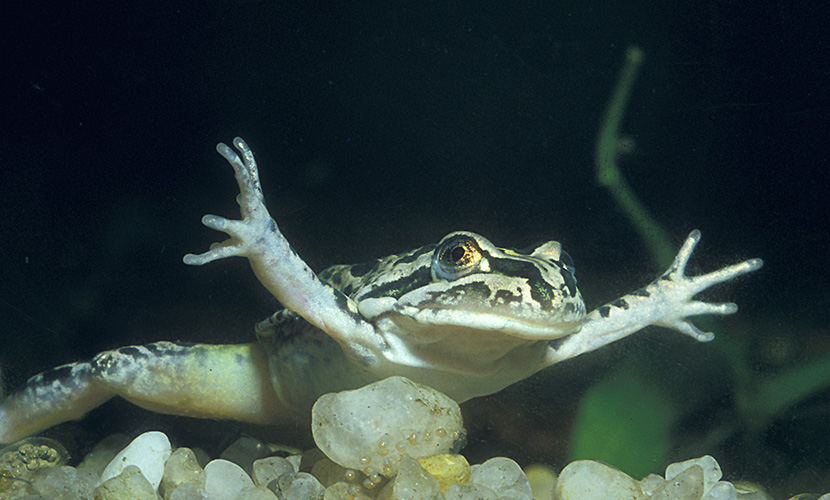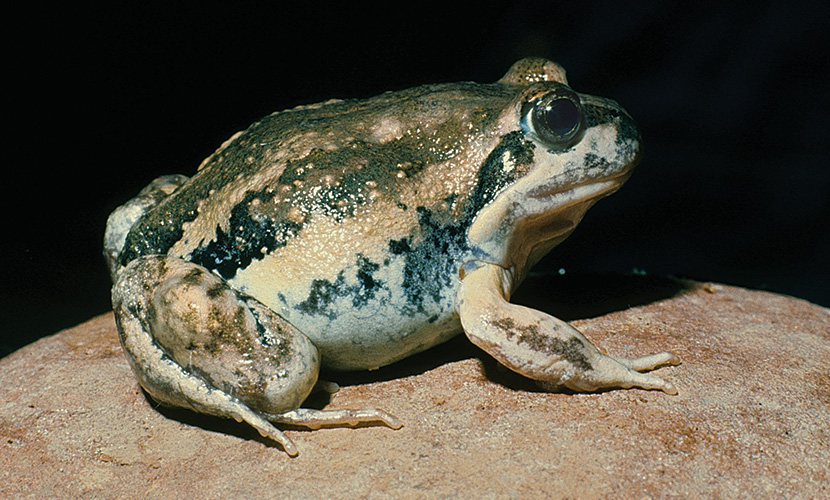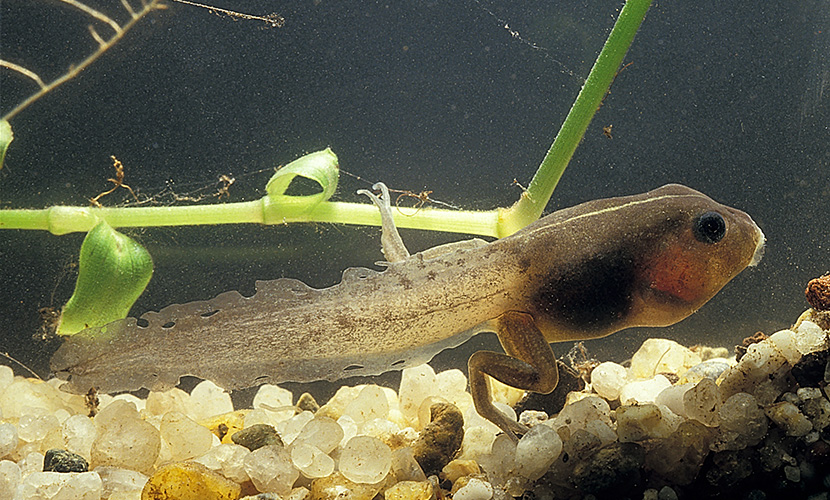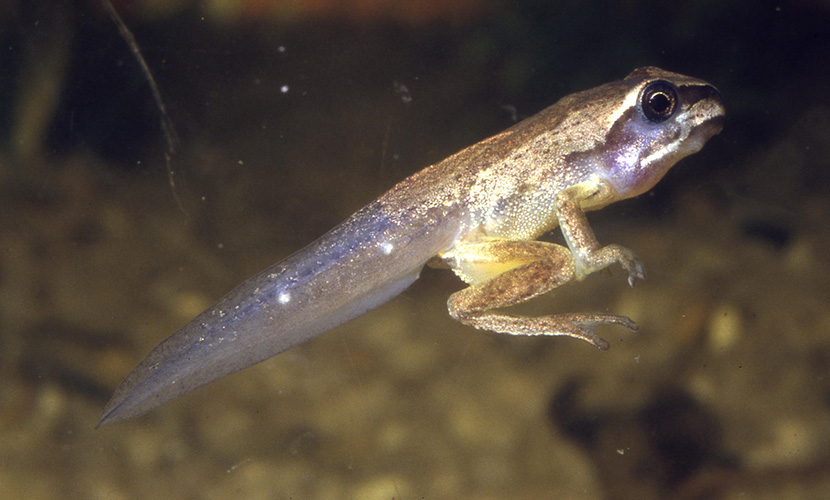Every child’s delight
It’s hard to believe, but something good came out of our recent travel restrictions due to COVID … people suddenly rediscovered our local parks.
Often, I’d been on my own wandering through Parkville Gardens but now there are hordes of us, picnicking, chucking the Frisbee, enjoying the crazy swooping habits of the rainbow lorikeets screeching their delight at simply being alive, or we’d be searching the trees for the resident owl so well disguised he is almost invisible. Lower down, we could be watching the latest family of ducklings scuttling around mother or the magpies feeding, or like me, listening to the frogs, with the kids scouring the water for tadpoles.
It’s a little hard to decide whether tadpoles are more important in the development of a child or that of a frog. A line ball. And if part of your childhood did not involve carefully juggling little jars of pond life home to watch and marvel over their development, I have to inform you that you have missed out big time.
The humble taddie is just another example of one unique creature which will eventually morph (metamorphosise) into another with an entirely new appearance and quite different habits. The linking factor in this case is water, in which the tadpole spends its entire existence from the time the egg begins to divide and slowly form the typical tadpole shape right up until the gills change to lungs and the frog, still bearing part of the tail, emerges from the pond to start its life as a noisy energetic amphibian.
Really just a swimming head with a rudder, the tadpole actually possesses tiny teeth which it employs to nibble at the aquatic vegetation in which it lives. One dramatic development in the adult frog is the change from herbivore to carnivore with other minor changes such as a shortening of the long gut which had been necessary to digest vegetation.
There are always exceptions to any rule, and this is borne-out by the fact some species of tadpole never experience pond life at all. Some grow up inside damp bamboo stems while others take advantage of the water which collects between the leaves of the banana plant. Some species never leave the mother and in one case Mum carries the kids around in her voice sac. Dare I say a sort of forerunner to having a frog in the throat?
We associate tadpoles with the indolent life of lazy shallow muddy ponds but some actually exist in the fast lane. Not equipped to swim in these rapid streams however, they attach themselves to rocks for the three or so months of life before launching themselves on to land in frog form.
Many insects breathe through tiny holes called spiracles and, as well as gills, tadpoles possess just one of these breathing holes, always on the left side. As the process of becoming a frog progresses the back legs begin to grow and then the front legs appear. The right front leg breaks through the skin whereas the left one actually takes advantage of the existing spiracle hole through which to exit. A nice little labour saving device – and just another trick in the bag of a most adroit and adaptable little creature.
In this age when many creatures (including you and me, it seems) are under threat of extinction, it’s hardly surprising some species of frog are on the endangered list. As an integral part of a healthy ecosystem, tadpoles and frogs are an important link in the food chain, and their existence is usually a good indication of a healthy environment.
So, the next time you hear the squeals of delight coming from the local tadpole hunters in Royal Park or the Carlton Gardens, you’ll know it’s a good sign •

Jo Ryan unveils Ordered Chaos at Blender Studios






 Download the Latest Edition
Download the Latest Edition